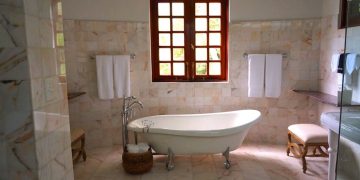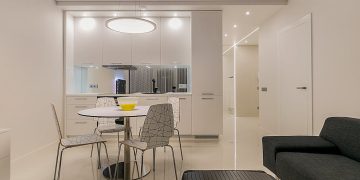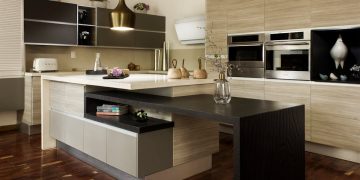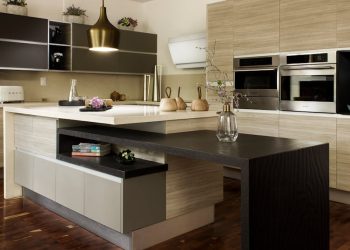A bathroom vanity is a key element in any bathroom, combining both function and style. Choosing the right material ensures durability, easy maintenance, and a sleek look that enhances the space. With so many options available, it’s important to pick a material that suits your needs, budget, and design preferences. Here’s a guide to the best materials for a long-lasting and stylish bathroom vanity.
Solid Wood: Classic and Long-Lasting
Solid wood is a premium choice for bathroom vanities due to its durability and timeless appeal. Hardwoods like oak, maple, and walnut are especially resistant to moisture when properly sealed. Wood vanities can be stained or painted to match different styles, from traditional to modern. However, they require proper sealing to prevent warping or cracking from humidity.
Plywood: A Strong and Affordable Alternative
Plywood is a cost-effective and moisture-resistant alternative to solid wood. Made from layered wood veneers, it is less likely to warp than solid wood when exposed to bathroom humidity. High-quality marine-grade or moisture-resistant plywood is ideal for vanities, as it offers good durability while remaining budget-friendly.
MDF (Medium-Density Fiberboard): Smooth and Budget-Friendly
MDF is a composite material made from wood fibers and resin, creating a smooth and uniform surface. It is often used in painted vanities because it has no visible grain, giving a sleek, modern look. While MDF is affordable and resistant to cracking, it is less durable in high-moisture environments, so it’s best for bathrooms with proper ventilation.
Engineered Stone and Quartz: Elegant and Low-Maintenance
For vanity countertops, engineered stone or quartz is a top choice due to its durability, non-porous surface, and stylish appearance. Quartz is resistant to stains, scratches, and water damage, making it ideal for high-use bathrooms. Available in a wide range of colors and patterns, quartz complements both modern and classic vanity styles.
Natural Stone: Luxurious and Unique
Materials like marble, granite, and travertine add a high-end look to bathroom vanities. Granite is one of the most durable options, offering excellent scratch and water resistance. Marble, while elegant, is more porous and requires sealing to prevent stains. Natural stone vanities bring a unique touch, as no two slabs look exactly the same, but they do require regular maintenance.
Stainless Steel: Modern and Water-Resistant
For a sleek and contemporary look, stainless steel vanities offer exceptional water resistance and durability. This material is easy to clean, rust-resistant, and perfect for minimalist or industrial-style bathrooms. However, stainless steel can show fingerprints and water spots, requiring frequent wiping to maintain its polished look.
Glass: Stylish and Easy to Clean
Tempered glass vanities provide a modern, airy feel to bathrooms. They are non-porous, making them resistant to stains and water damage. Glass is easy to clean but can show water spots and fingerprints. It is best suited for contemporary bathroom designs where a sleek, minimal aesthetic is desired.
Choosing the best material for your bathroom vanity depends on your style, budget, and durability needs. Solid wood and plywood offer classic appeal and strength, while quartz and engineered stone provide modern elegance with easy maintenance. Stainless steel and glass work well in contemporary spaces, while natural stone adds a touch of luxury. By selecting the right material, you can ensure your bathroom vanity remains stylish and functional for years to come.































